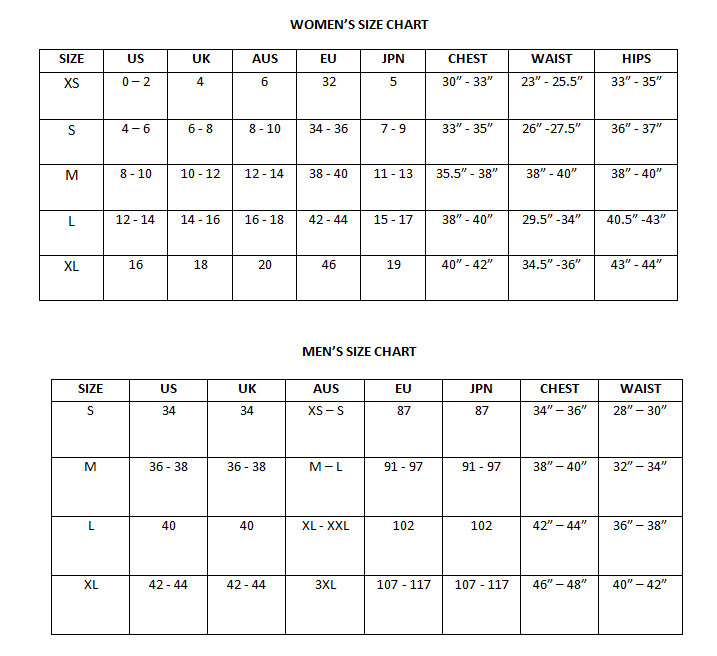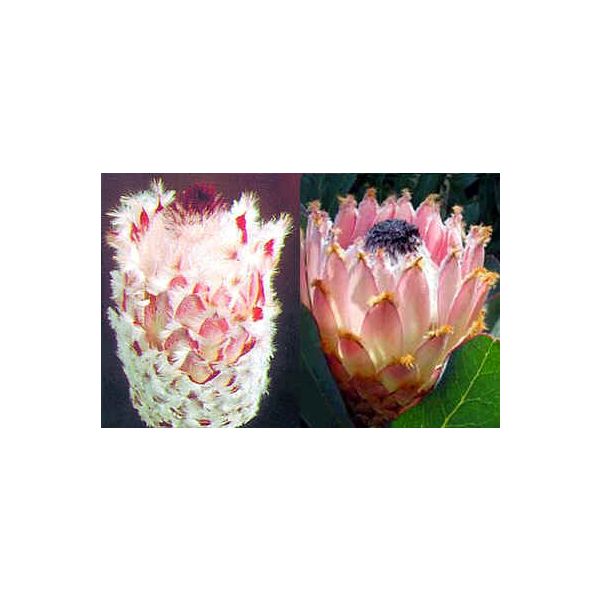Protea Magnifica Seeds (Queen Protea Seeds)
Protea Magnifica Seeds (Queen Protea Seeds)
Produces numerous flowers in dome-shaped heads, up to 15 centimetres across, surrounded by stiff colored bracts, giving a crown-like appearance.

Delivery
All orders shipped with UPS Express.
Always free shipping for orders over US $250.
All orders are shipped with a UPS tracking number.
Returns
Items returned within 14 days of their original shipment date in same as new condition will be eligible for a full refund or store credit.
Refunds will be charged back to the original form of payment used for purchase.
Customer is responsible for shipping charges when making returns and shipping/handling fees of original purchase is non-refundable.
All sale items are final purchases.
Help
Give us a shout if you have any other questions and/or concerns.
Email: contact@domain.com
Phone: +1 (23) 456 789
Availability: In stock
SKU
Protea Magnifica
Next to the King Protea, Protea magnifica, the Queen Protea, is probably the second most popular Protea in this flower type. In their native South African habitat, they grow as a small bush to 8 feet in height and can spread to 5 foot in width. They have a robust steem. Home owners use the plant as a border fence. This Queen Protea makes a spectacular focal point for contemporary arrangements.
The plant is an evergreen shrub with leathery leaves. The foliage is wavy-margined and grey green in colour.
It produces numerous flowers in dome-shaped heads, up to 15 centimetres across, surrounded by stiff colored bracts, giving a crown-like appearance. The creamy white inner bracts are black-tipped and the pink outer bracts are fringed with soft, white hairs. The large flower heads are creamy white to pink to salmon colors. The flowers are hermaphrodite, have both male and female organs and are pollinated by bees. Flowering all year round, the period is depending on the locality.
Bushes need to be pruned regularly to maintain their shape and promote flowers with long stems. When the shrub has finished flowering it is essential to cut off the old flowers. This will allow energy to be used for the growth of new stems at the end of which will be new flowers. It is best to cut the flowering stem back to about 10-12 cm from the preceeding branch.
Hardiness Zone 9, (-5C/25øF) in Winter. This cultivar will survive frost. This species grows in very harsh conditions, mostly high on mountain slopes where it is colder and more windy. Not well suited to very dry areas or regions with very severe frost or to hot humid conditions. Likes a sunny and airy position. Must grow in well-drained, slightly acid, gravely soil. It may tolerate slightly alkaline soil.
Those plants are very sensitive to nitrates and phosphates in the soil, these can prove toxic even at moderate levels. When fertilizing, use a product which contains no phosphorus. Plants may also suffer from magnesium deficiency. Grow with a pH of 5.0 - 5.5.
| Common name | Queen Protea |
|---|---|
| Species | Protea magnifica |
| Germination | Smoke Seed Primer is ideal for treating seeds of Protea. You can purchase this in the Smoke Seed Primer category. You can also soak the seeds in hot water for a couple hours. Many wildflower seeds are dormant and need very specific conditions for germination. The smoke seed primer solution contains a combination of natural substances that overcome dormancy and stimulate seed germination. Germination requires 1 to 3 months at approximately 18ø-20øC. Germination can take longer, don't give up. |
| Price View | Price Range |

